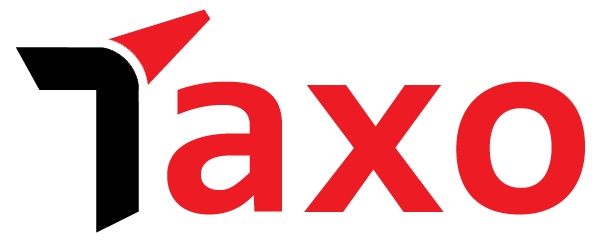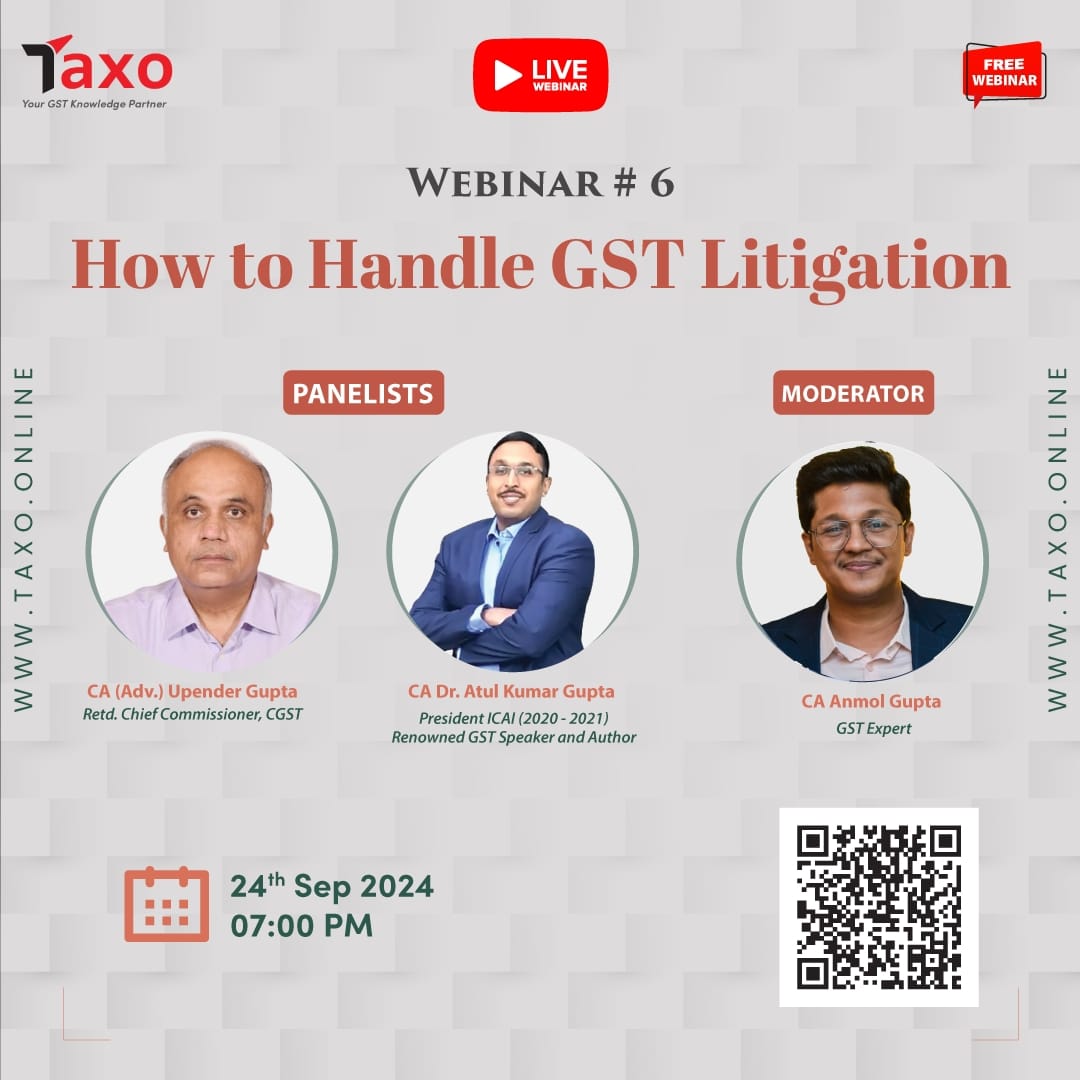Introduction to GST in Singapore
GST was introduced in Singapore on 1 April, 1994,to enable the country shift its reliance from direct taxes to indirect taxes. Being a tax on consumption, and not income,inherently encourages savings and investments. It enabled Singapore to sustain a lower income tax rate.
Rates
The tax is broad-based, with few exemptions.The standard rate of GST is 7%. The rate will be raised to 9% sometime between 2021 to 2025.
The annual turnover threshold for GST registration is S$1 million. To be liable to be registered for GST, a person must make taxable supplies in Singapore over the defined threshold. A person can be an individual, a company, a partnership, organisation, association or trust, etc.
Zero rating for goods is only available for supply of goods which are physically exported from Singapore- services connected with international transportation of passengers or goods, services directly connected with land or goods outside Singapore, or services that are supplied to and directly benefit persons outside Singapore or services that directly benefit a GST-registered person in Singapore (From 1 January 2020).
Exemption means that no GST is charged on such supplies. It also means that, in principle, no GST can be recovered on costs related to the making of those exempt supplies, subject to certain de minimis exceptions.
GST is payable on goods at importation, and this is collected by Singapore Customs. The GST is due to be paid before the goods can be cleared into Singapore. Due to Singapore’s role as a regional trading hub, a number of special schemes have been introduced. Schemes such as –
- Major Exporter Scheme,
- Zero GST Warehouse Scheme
- Import GST Deferment Scheme
are designed to remove or reduce the cash flow costs where a business imports goods for subsequent export. The schemes generally allow the import of the goods, with the GST due suspended. A company will generally need to apply for these schemes and meet stringent criteria before they are allowed to operate them.
Definition of Goods and Services and Applicable Rates(Fig. 1& Fig. 2)
| Definition of Goods and Services |
· Any tangible property and as defined in the legislation, excludes money. The sale and lease of properties in Singapore are subject to GST except for residential properties. GST is however, chargeable on the supply of movable furniture and fittings in both residential and non-residential properties. · Services are simply defined as anything which is done for a consideration (including, if so done, the granting, assignment or surrender of any right), which is not a supply of goods. Consideration can be either money or something else that has a monetary value. |
| Time of Supply rule |
For goods is the earlier of:
The issuance of any type of invoice e.g., a debit note, that serves as a bill for payment, not just a tax invoice, will be an event that triggers the time of supply. The same general time of supply rule for supplies of goods applies to supplies of services. There are special rules for retention payments and some other non-standard situations.
|
Figure 1: Definition of Goods and Services
|
|
Taxable Supplies | Non-Taxable Supplies | ||
| Standard-Rated Supplies
(7% GST) |
Zero-Rated Supplies
(0% GST) |
Exempt Supplies
(GST is not applicable) |
Out-of-Scope Supplies
(GST is not applicable) |
|
| Goods | Most local sales fall under this category.
E.g. sale of TV set in a Singapore retail shop
|
Export of goods
E.g. sale of laptop to overseas customer where the laptop is shipped to an overseas address |
Sale and rental of unfurnished residential property
Importation and local supply of investment precious metals |
Sale where goods are delivered from overseas to another place overseas
Private transactions |
|
Services |
Most local provision of services fall under this category.
E.g. provision of spa services to a customer in Singapore |
Services that are classified as international services
E.g. air ticket from Singapore to Thailand (international transportation service) |
Financial services
E.g. issue of a debt security
Digital payment tokens (from 1 Jan 2020) E.g. exchange of Bitcoin for fiat currency |
|
Figure 2 : Applicable Rates
Import of services
From 1 January 2020, a reverse charge will apply to imported Business-to-Business (“B2B”) services. This affects businesses which are not able to claim GST input tax in full. What this means is that,the person who receives services (subject to some exceptions) from an overseas supplier for the purposes of his partial exempt business is required to account for GST as if he had supplied the services to himself.
Non-registered businesses that are not entitled to full input tax credit will have to register for GST to account for the reverse charge if the value of the imported services exceeds S$1 million in a 12-month period.
Export of goods
Exports of goods are zero rated for GST. In order to claim this, the onus to prove that the goods have actually left the country, lies with the person.Generally, documents like bill of lading, air waybill, invoice to overseas customer and other commercial evidence suffices the proof of export. Proof of export should be obtained within 60 days of the export. If proof of export cannot be obtained, GST will be due on the sale whether it has been charged or not.
Recovery/Offset
GST on purchases that are used or to be used for the business can generally be offset against the GST collected on sales. This is generally taken to mean that the GST is used or to be used for the purpose of making taxable or zero rated supplies. Where exempt supplies are made, there is generally a need to restrict GST recovery. The GST should be recovered in the period it is incurred and claims must be supported by tax invoices. There is also a rule that the GST must be paid within 12 months from the date of payment to qualify as an input tax credit.
Apportionment
Where a business makes both taxable and exempt supplies the business may need to restrict its input GST recovery. The rules here are complex and restrictions are subject to certain exceptions and de minimis limits.
Put simply, a business may take credit for GST incurred that relates directly to taxable supplies. The business may not take credit for GST incurred that is directly attributable to exempt supplies or supplies which are not to be used for the business. Any GST incurred that cannot be directly attributed must be apportioned. The standard method of apportionment is to claim based on the ratio of taxable supplies to total supplies. There are special input tax recovery rates for financial institutions.
Each quarterly return is a provisional claim, and is based on the ratio of taxable to total supplies in that period. The annual, or longer period adjustment is designed to average the recovery rate over a 12 month period. The longer period is generally the four quarters ending March, April or May (depending upon the normal return periods). The annual adjustment takes the ratio of supplies made in that period and applies it to the total GST to be apportioned for the same period. The result is compared to the 4 provisional claims made so far. Any difference is either paid or claimed (as the case may be) on the next GST return.
There are certain items which attract GST, however there is no set off–
- Club subscription fees
- Medical and accident insurance premiums
- Medical expenses
- Motor car expenses
- Family benefits
- Any transaction involving betting, sweepstakes, lotteries, fruit machines, or games of chance.
Pre-registration claims
GST incurred by a business prior to its registration can be recovered subject to certain rules which include, amongst others:
- For goods, they must still be held by the business and not have been consumed or sold as at the date of GST registration.
- For services, the GST can only be recovered if it was incurred in the period of 6 months before registration and the services have not been on-supplied by the business prior to registration.
Change of Use/Capital Items Adjustments
Apart from the partial exemption annual adjustment, there are no rules to cover situations where the use of an asset changes over a period of time. If the usage of an asset changes after the first year, say from fully taxable to partly exempt (or vice versa), there is no mechanism for an adjustment of the GST originally claimed.
However, if input GST is claimed based on an intention to make taxable supplies, but before these supplies are made the intention changes and exempt supplies are made, the GST claimed must be repaid.
Compliance/obligations
- Registration
A person is liable to be registered if at any time there are reasonable grounds for believing that the total value of his taxable supplies in the next 12 months will exceed S$1 million. the value of taxable supplies will be computed on a calendar year basis for the purpose of determining the registration liability.
A person must apply to be registered within 30 days of the date when his registration liability arises.
Voluntary registration option is always available if the value of taxable supplies is below the registration limit.
With effect from 1 January 2020, non-registered businesses that are not entitled to full input tax credit will have to register for GST to account for the reverse charge if the value of the imported services exceeds S$1 million in a 12-month period.
- Registration number
Each GST registered person is issued with an identifying number. It will either be a number issued by the tax authority or the Unique Entity Number that is issued by the Singapore Government to all entities in Singapore, which will double up as the GST registration number.
- Group registration
Group registrations are allowed subject to all of the companies in the group being under common control by one person or company. The controlling person does not need to be included in the group registration.
In order to apply for a group registration it is first necessary to individually register the companies. An application can then be made for a group registration, and the Inland Revenue Authority of Singapore (IRAS) normally insists on 90 days’ notice for all applications.
It should be noted that while supplies between group members are ignored for GST purposes, all members will become jointly and severally liable for any debts relating to GST.
- Retention period
The records described above must be kept for not less than 5 years. Records can be kept in electronic format. There is no particular method that must be used but the business must ensure that they are kept to the published performance standards.
Returns
1. Period
Every registered person must furnish a GST return every 3 months. The return must be electronically submitted to the Comptroller not later than one month after the end of the prescribed accounting period.
The Comptroller can allow monthly returns, but again they must be furnished within 1 month of the period end.
2. Payment
The payment due with a return must be made no later than the last day that the return is due to be made.
3. Refunds
When a refund is due from the Comptroller, it must be made within a period of 3 months (forquarterly returns) from its date of receipt. For monthly returns, the refund period is 1 month. Assuming there are no outstanding returns or information or taxes in arrears, late refunds may be eligible for an interest payment.
4. Bad debts
A GST registered business can claim relief (credit) for the GST paid on bad debts. The bad debt must be over a year old and all reasonable efforts must have been made to collect it. Subject to complying with certain requirements, a claim can be made for the GST element of the unpaid debt in the GST return.
• Non-residents
A non-resident is allowed to register for GST in Singapore if the non-resident makes taxable supplies of goods in Singapore or he has a fixed or business establishment in Singapore from which he makes supplies of services.
A non-resident making supplies of goods in Singapore would need to appoint an agent to fulfil his GST obligations in Singapore.
The registration of the non-resident for GST purposes does not necessarily give rise to a permanent establishment in Singapore as that is dependent on the types of activities carried out in Singapore.
• Refunds to foreign business
There are no provisions to allow a business that is not registered in Singapore to recover GST.
Penalties
There are penalties for many offences and errors. The majority are only incurred on conviction with penalties ranging from 100% to 300% of the tax, plus potential jail sentences. The IRAS has the power to compound offences or effectively reach out of court settlements. This power is used quite frequently.
There are penalties for:
- Failure to register
- Submitting a late return
- Paying a return late
- Incorrect returns
- Incorrect information
- Evading GST
- Knowingly obtaining a false refund
- Issuing an invoice with GST while not registered
- Failing to keep records
- Obstruction of an officer.
A late payment penalty of 5% of the tax due can be applied to all late payments. This penalty is applied at the discretion of the IRAS. It can be applied to all errors on returns and is in addition to any of the above penalties.
Digital economy
i) Goods
There is import relief for the postal import of non-dutiable goods valued not more than S$400 (also referred to as low value imports), where no import GST is payable to the Singapore Customs.
ii) Services – Scope
Under the Overseas Vendor Registration regime, digital services are defined as services which are supplied over the Internet or an electronic network and the nature of which renders their supply essentially automated with minimal or no human intervention, and impossible without the use of information technology. For this purpose, B2C would refer to services that are made to a non-GST registered customer which means that it can apply to both individuals and businesses which are not registered for GST in Singapore.
Under the reverse charge regime, imported B2B digital services would generally fall within the scope of services that is subject to reverse charge. The exception are where the services qualify for exemption or zero-rating under the Singapore GST rules or the services are directly attributable to taxable supplies (not applicable to partially exempt person which has a fixed input tax recovery rate or a special input tax recovery formula) or the services are non-taxable government supplies.
iii) Affected businesses
The Overseas Vendor Registration regime affects an overseas supplier making sales of digital services to customers in Singapore. Under certain conditions, a local or overseas operator of electronic marketplaces (i.e. the intermediaries), may be regarded as the supplier of the services made by the suppliers through these marketplaces.
The requirement to account for reverse charge on imported B2B digital services would affect businesses which are not able to claim GST input tax in full, including businesses that are currently not registered for GST.
iv) Registration
Under the Overseas Vendor Registration regime, a person is liable to be registered if its annual global turnover exceeds S$1 million and the value of supplies of digital services to non-GST registered customers in Singapore exceed S$100,000. The overseas business is not required to appoint a local agent to fulfil his GST obligations in Singapore.
Under the reverse charge regime, a non-GST registered person who procures services (including digital services) from overseas suppliers would be liable for GST registration if:
- At any time, there are reasonable grounds for believing that the total value of its imported services in the next 12 months will exceed S$1 million, or the value of its imported services has exceeded S$1 million on a calendar year basis;
- It is not entitled to full input tax credit should it be registered for GST.
v) Refunds
No input tax claims on expenses in Singapore or refunds are available as the overseas suppliers and overseas electronic marketplace operators will be registered under a pay-only regime.
Conclusion:
Tax proposals should be simple to understand and to comply with. Further the implementation should be smooth, encourages compliance yet should have effective punitive implications for compliance. Singapore has done extremely well on all fronts on GST implementation while many other countries are struggling. Singapore further has exploited technology in its advantage on GST implementation for registration, filing of returns, claiming refunds etc which has further encouraged assesses to comply.



